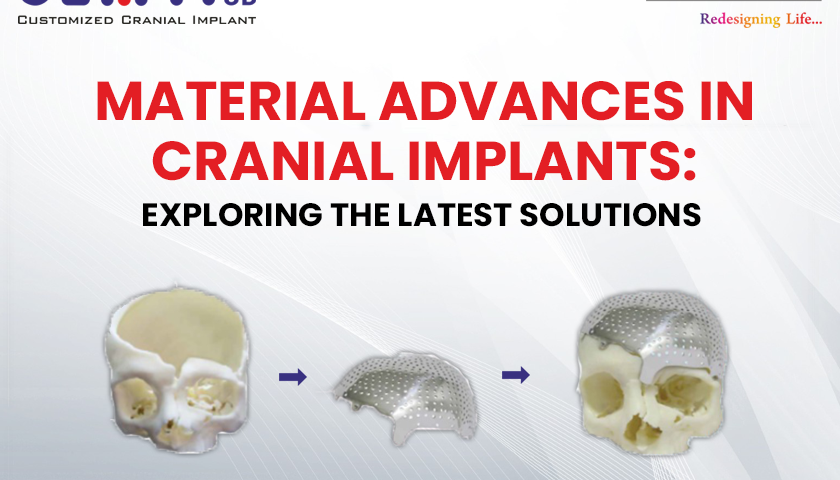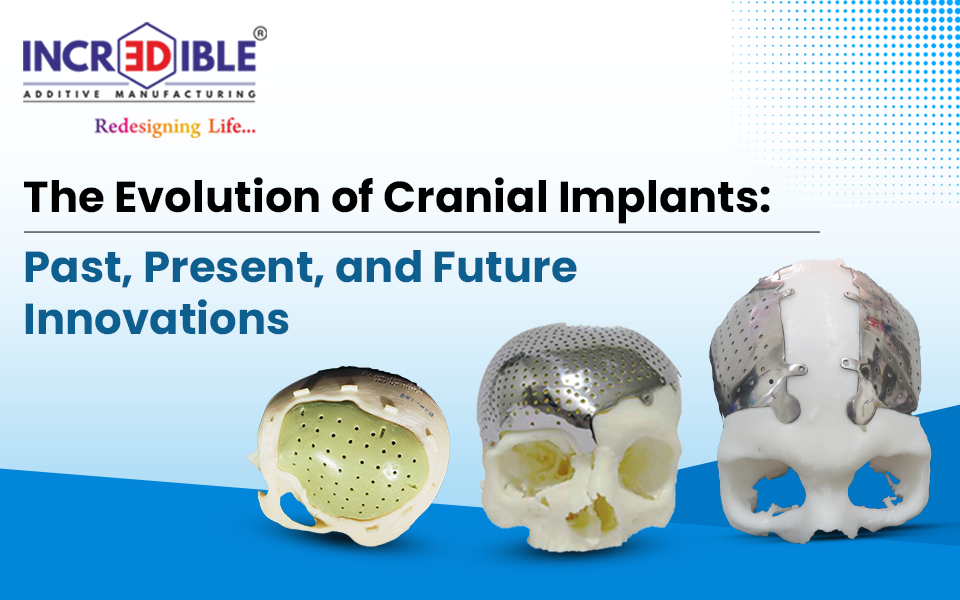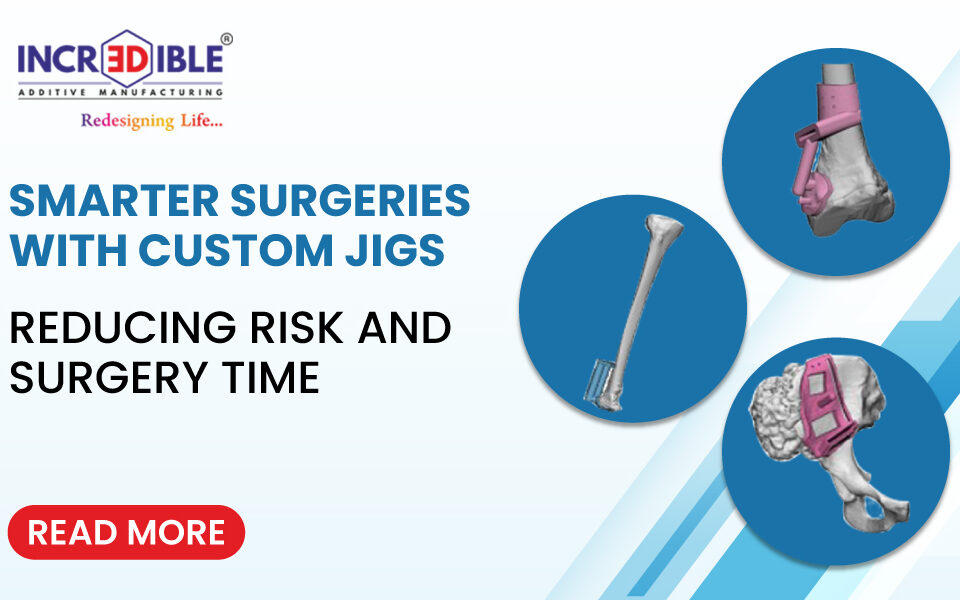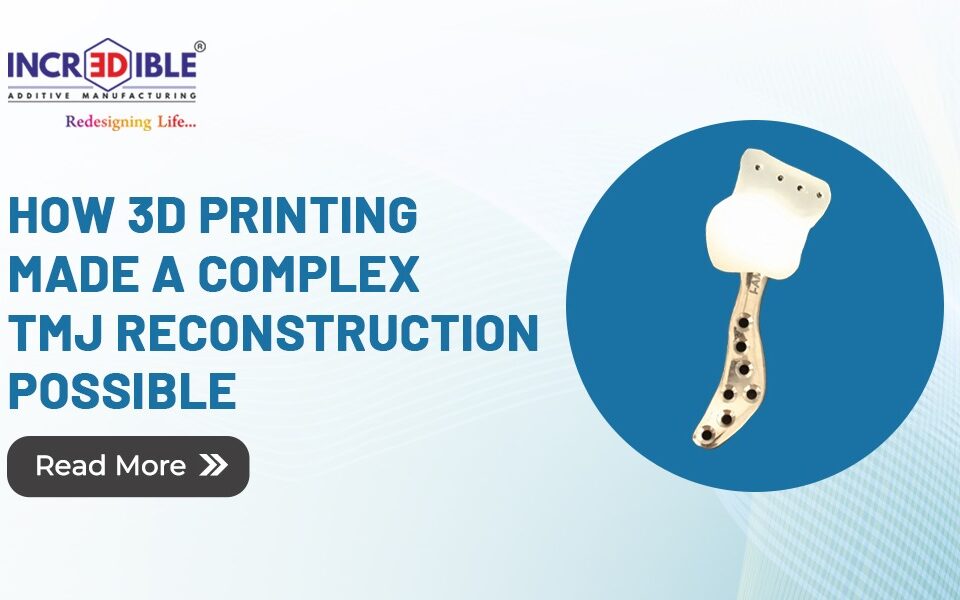Recent developments in materials science and engineering have significantly developed cranial implants. Due to these advancements, several materials have been created, each with special qualities and advantages for patients with cranial distortion. Among these materials, polyetheretherketone (PEEK), polymethylmethacrylate (PMMA), and titanium alloy Ti6Al4V ELI-Grade 23 are popular choices, each with several benefits and uses. This blog will examine the most recent advancements in cranial implants, with an emphasis on the features and advantages of titanium alloy, PEEK, and PMMA.
Titanium Alloy
Titanium alloy, Ti6Al4V ELI-Grade 23, has good strength, durability, and biocompatibility. Hence, it is a preferred material for cranial implants.
The characteristics of titanium alloy that make it an excellent choice for cranial implants are:
1. Biocompatibility: The titanium alloy is quite biocompatible, which means that the body can tolerate it well and doesn’t react negatively or mount an immune response to it. This makes it the best option for cranial implants since it reduces the possibility of issues and encourages positive patient outcomes.
2. Strength and Durability: The cranial region is protected and given structural support by the extraordinary strength and endurance of titanium alloy. Because of its high strength-to-weight ratio, strong, thin implants that can endure impacts and biomechanical stresses can be made.
3. Radiopacity: Titanium alloy is detectable on medical imaging modalities like CT and X-rays because it is radiopaque. This makes it possible to precisely position and monitor the implant both during and after surgery, guaranteeing its ideal location and functionality.
PEEK (Polyetheretherketone)
A thermoplastic polymer called PEEK is becoming more and more well-liked as a substitute material for cranial implants. The following are some noteworthy features of PEEK cranial implants:
1. Lightweight: PEEK is a sturdy and lightweight material that is a desirable alternative for cranial implants, especially when losing weight is a top concern. Its high strength-to-weight ratio and low density reduce stress on the patient’s skull while yet offering sufficient defence and support.
2. Radiolucency: Another crucial material is PEEK. It is radiolucent, meaning it is transparent to X-rays and other imaging sources. It gives a good visualization of underlying structures and potential complications, such as infection or bone healing.
3. Biocompatibility: PEEK is biocompatible and inert. It does not react with biological tissues or block immune responses. It reduces the risk of adverse reactions and promotes tissue integration, ultimately leading to improved patient outcomes.
PMMA (Polymethylmethacrylate)
For many years, cranial surgery has made use of PMMA, a thermoplastic polymer. The following are some essential features of PMMA cranial implants:
1. Malleability: PMMA is incredibly flexible and is easily moulded and formed to match the patient’s skull’s contours. This makes it possible to custom fabricate implants that exactly fit the anatomy of the patient, producing the best possible fit and aesthetic results.
2. Stability: PMMA has outstanding stability and rigidity after curing, giving the underlying tissues structural support and defence. The cranial implant will remain stable for an extended time if it can continue to keep its form and integrity.
3. Cost-effectiveness: PMMA is less expensive than PEEK and titanium alloy, which makes it a cost-effective choice for cranial implants, especially when money is tight.
Conclusion
To sum up, recently, cranial implants have experienced noteworthy progress, propelled by breakthroughs in materials science and engineering. Titanium alloy, PEEK, and PMMA enable surgeons to customise treatment. 3D Incredible AM Pvt Ltd, the pioneer in 3D printing in India, use these excellent materials for creating cranial implants. At Koregaon in Pune, we have a world-class facility and an experienced team to create perfectly fitting cranial implants for patients with distorted skulls.




